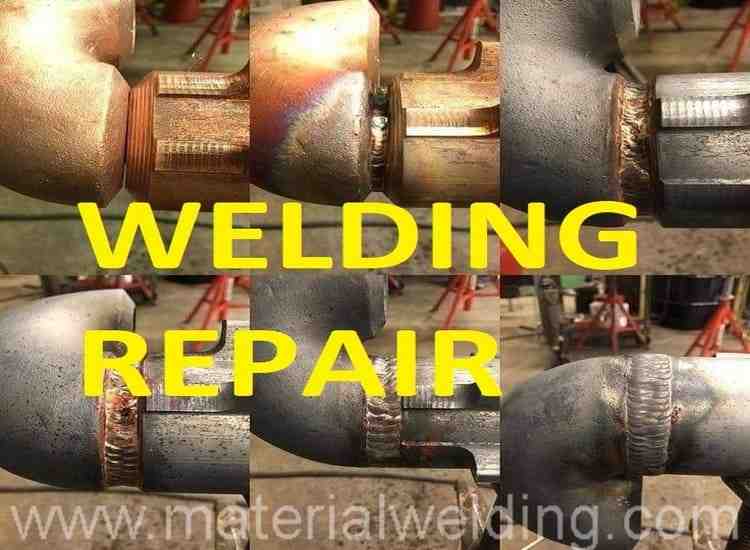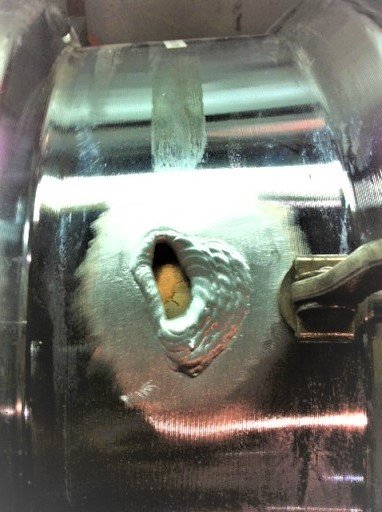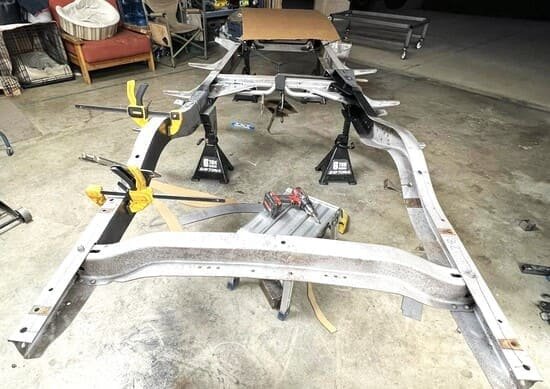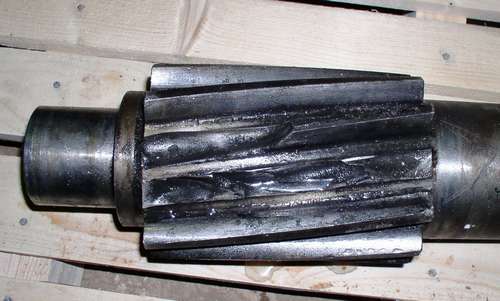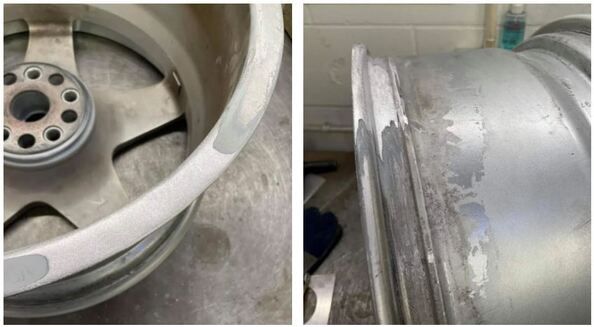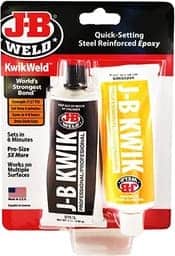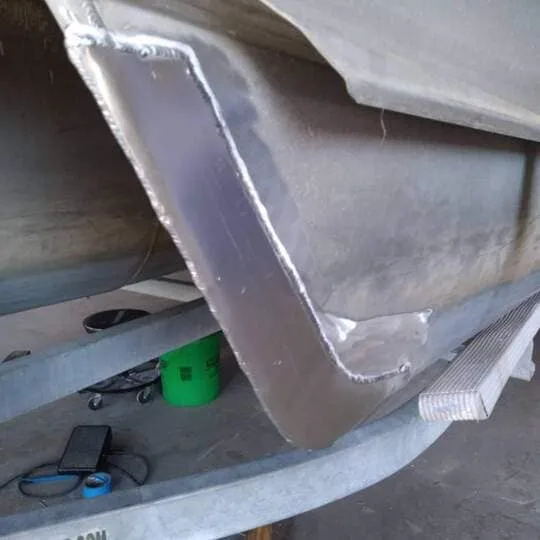What is a welding Repair
Welding repairs are a common practice as well as it can be uncommon & critical due to service conditions, material type, and severity of the repair. In general, based on the type of repair activities, we can differentiate the welding repairs as:
1. Production weld repairs
2. In-service weld repairs
Once the components are fabricated in the shop and erected at the site & put in the service, the material can go into microstructural transformation & properties changes based on the service environment.
For example– SS310 goes into an elevated temperature service which will convert the ferrite present in the material and weld to the brittle sigma phases making it brittle and no more easy to weld. Such types of repairs will go under In-service welding repairs.
The causes for welding repairs are varied such as repair of manufacturing defects such as undercut, porosity, cracks, etc., or repair of in-service failures caused by the load or service conditions.
Welding Repair Procedure and Method Statement.pdf
What is Base metal repair?
Base Metal Repair: It is the application of weld material to a base metal so as to restore the design thickness and/or structural integrity of the component.
The chemical composition of weld built up can be different than the base metal or maybe the same depending on the requirements.
Related Reading: Welding Electrode/ Filler wire/ Filler metal Selection Chart
Usually, a pre-qualification of weld deposit is carried out by a PQR to ensure that it shall meet the intended purpose. Such a type of built-up serves the purpose to restore the thickness of base metal and is usually called weld buildup.
What is In-process Welding Repair?
In‐process welding repairs are given in the ASME Section IX and considered under temper bead welding.
This in-service repair means a type of welding repair for welding defects that have occurred during fabrication and for repair, they are removed using mechanical means such as grinding or machining followed by welding before being offered for final weld inspection.
Repairs of welding porosity, cracks, undercut or lack of root penetration are examples of in-service welding repairs.
Usually, a large amount of welding is removed for these defects and then rewelded to make an acceptable weld.
Does Separate WPS qualification is required for weld repairs?
As per ASME Section IX, Clause QW 202.3, a pre-existing WPS can be used to perform the weld repairs within the limits specified in the code which are given below:
A WPS qualified with groove welds can be used to perform weld repairs on groove and fillet welds.
Additionally for weld buildup, the following conditions apply:
(a) No upper thickness limit applicable on base metal or weld deposit for fillet welds.
(b) For welds apart from the fillet, the thickness range as per QW-451 is applicable.
The exception is when the PQR is qualified using 1.5 inches or 38 millimeters or higher base metal thickness. In those cases, there is no upper limit.
Steps for Base Metal Welding Repair procedure
The general welding recommendation is based on a practical approach as given in AWS D1.1 code, the following methodology is beneficial to ensure a sound and reliable welding repair:
- Before commencing the welding repair on the base material, verify and evaluate the extent and type of welding repair. Mark the area for repair and remove the defect by grinding or gauging or machining or other suitable means. Ensure not to induce any thermal damage to the material. Prepare the surface free from remnant of the removal operation such as gouging or grinding waste. A surface area prepared well with complete removal of defect or defects is the key for a successful repair.
- It is essential to remove the existing welding defect completely. The verification of defect removal should be ensured by visual inspection and additional surface NDT such as PT or MT. Involving the right person such as welding inspector or engineer is also very important. Next, make sure the area prepared for repair is as per the joint type required and meeting the WPS requirements such as groove angle, root face if applicable.
- The WPS used in making repairs shall meet the requirements of of the applicable reference code or standards such as AWS D1.1 or ASME Section IX or ISO 15614-1.
- Carry out the repair by using qualified WPS. Ensure 100% visual inspection after each bead placement for any welding defects. Critical welding repairs or repairs prone to cracks after welding should follow surface NDT after each run. Maintain the preheat, interpass if applicable. For brittle materials, its is must to apply right preheat & interpass temperature. Once repair is completed, clean it fully and grind smooth for any notch or uneven surface.
- Final inspection shall start once the repaired area cools to the room temperature. Apply visual inspection and other NDT method which had detected the defects that called the repair. Materials prone to delayed cracking shall be inspected after minimum 48 hours inspection hold time.
Steps for Welding Repair procedure
- Removal and Repair of Welds: The removal of welding defects shall be carried out using grinding, gouging or machining without affecting any other area.
- Clean the area and ensure complete removal of the welding defects.
- Carry out visual testing & surface NDT such as PT or MT to ensure that defect is completely removed.
- Perform the welding using a qualified welding procedure specification (WPS).
- Perform the final visual inspection of weld after cooling. Weld prone to hydrogen cracking should have a inspection after minimum 48 hours. Repaired weld shall be re-checked by the same method and quality requirements that has been done originally. For example, original defect was found by radiographic testing, hence RT shall be used for repair also.
According to API 582 – When a part has been subjected to PWHT and that part is repaired after PWHT and PWHT waiver is being sought after repair then such situations must comply with the applicable construction code such as ASME Section VIII Div. 1 or ASME B31.3.
Any welding procedure qualification shall be carried out according to the ASME Section IX or ISO 15614-1.
Where service conditions mandate the PWHT such as wet H2S service, PWHT must be carried out after welding repair to avoid any further environment-assisted failures.
